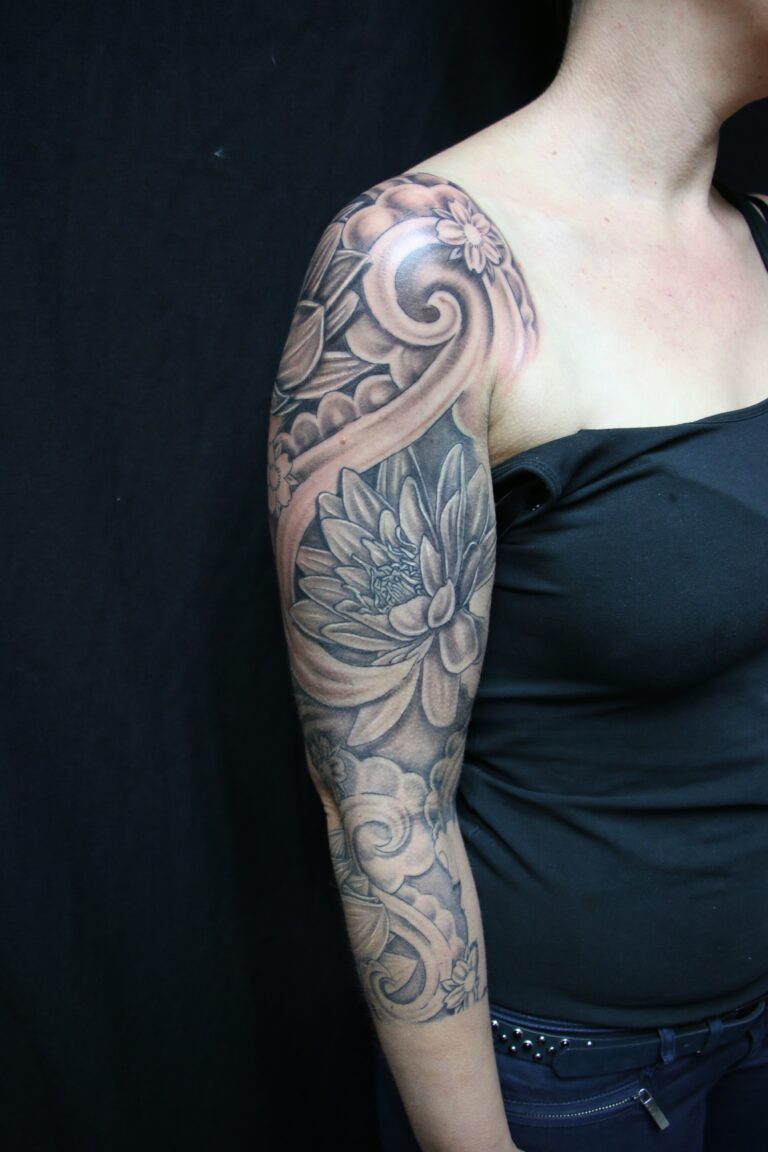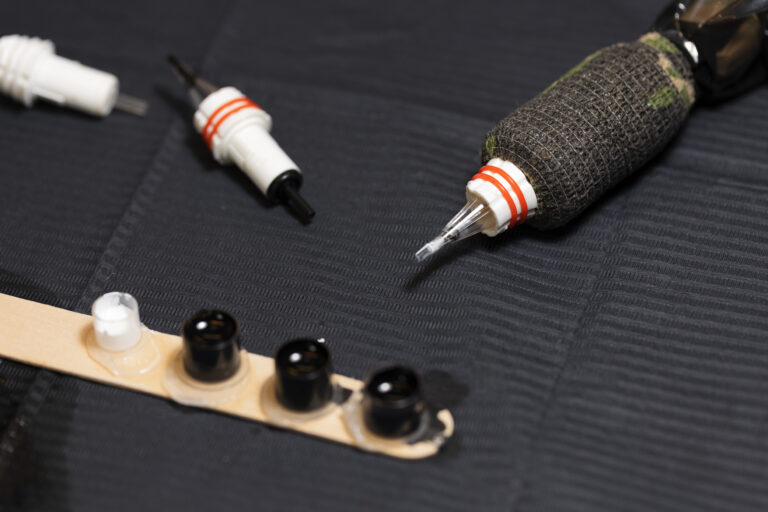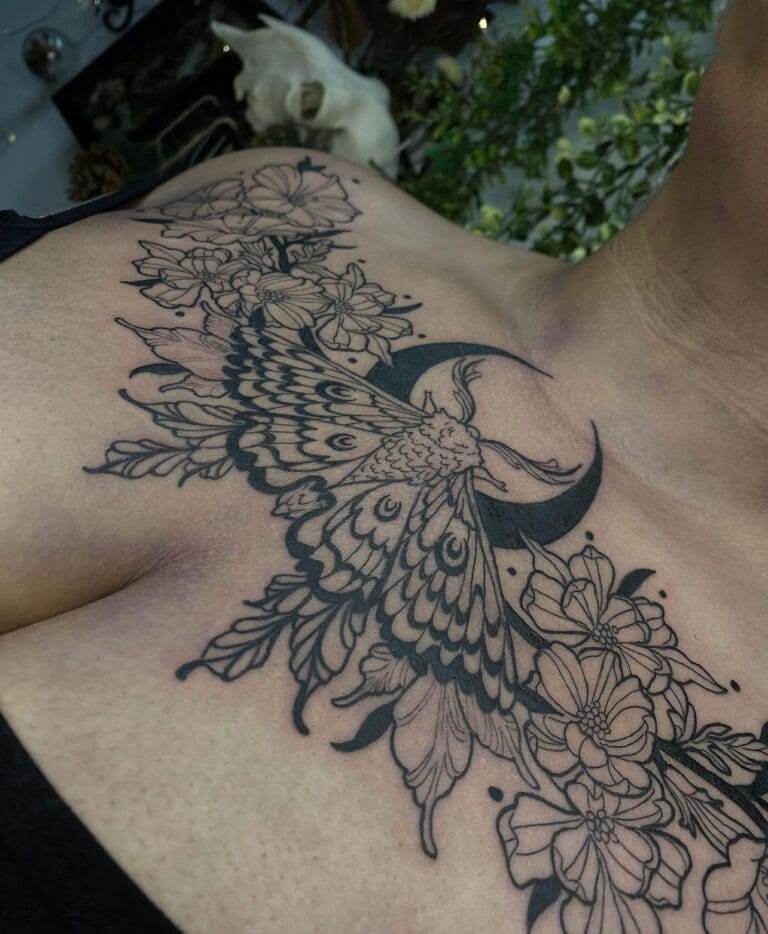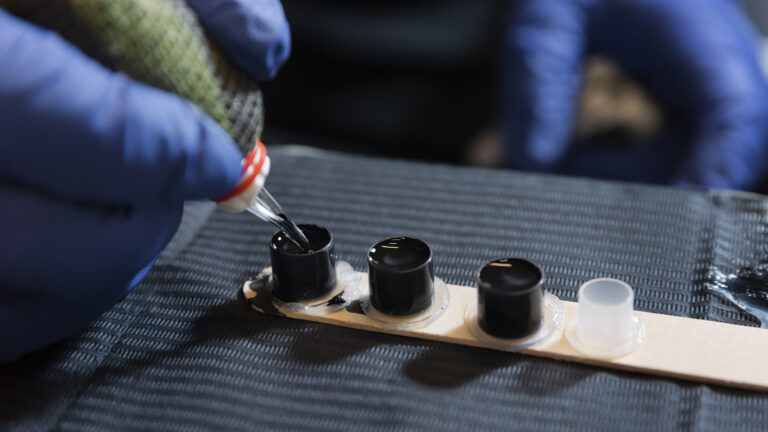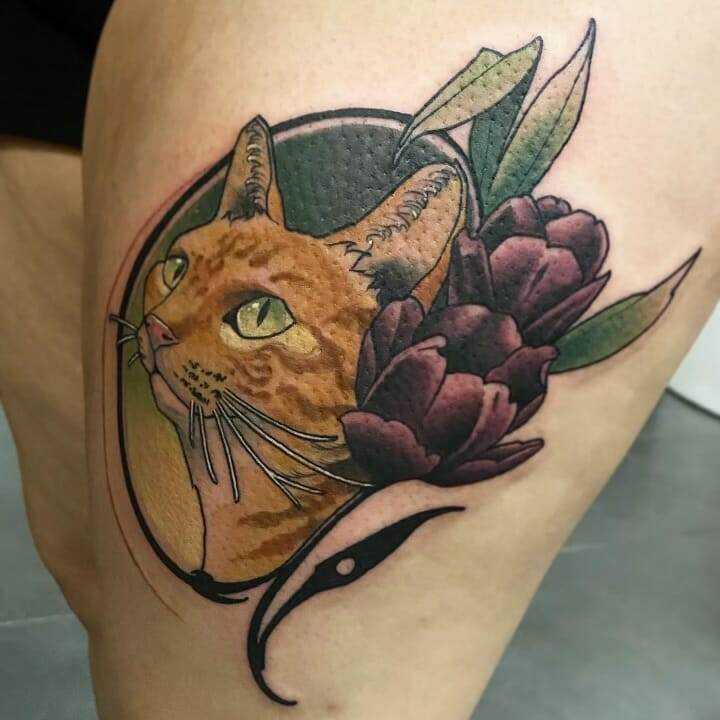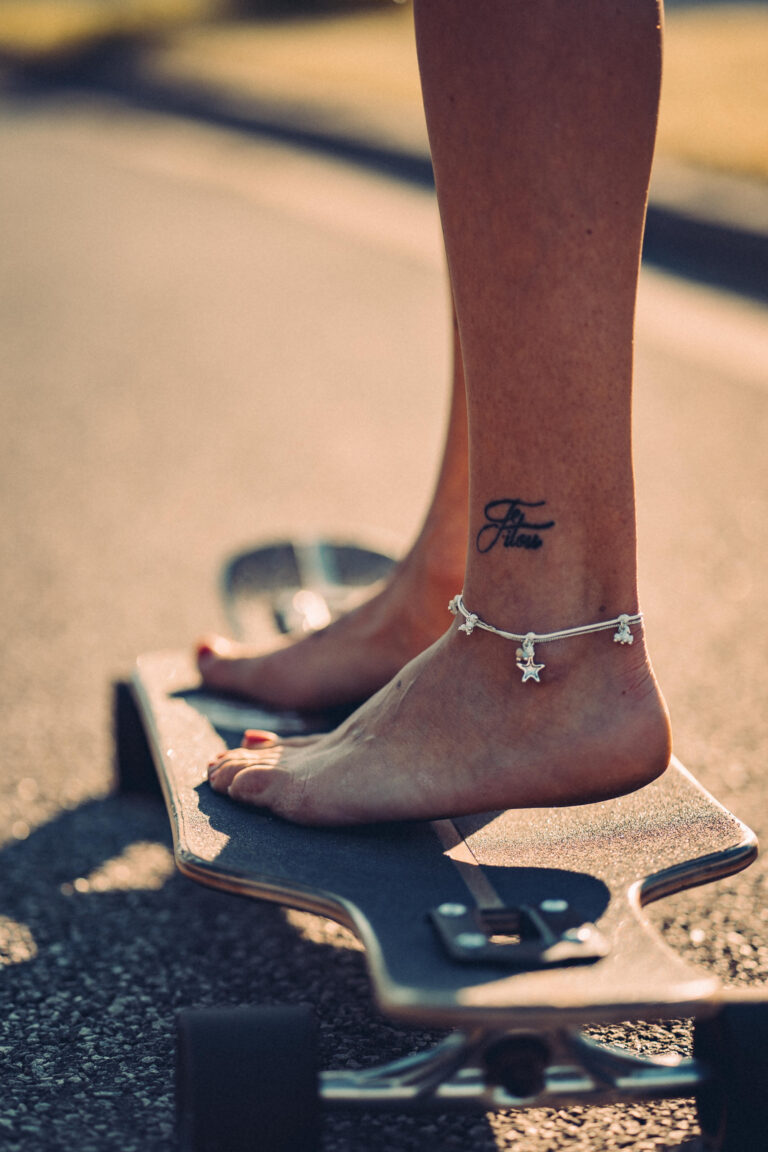The Truth About Tattoo Longevity
Tattoos are a popular form of body art that have been around for centuries. While they are often considered a permanent addition to one’s appearance, many people have misconceptions about the longevity and aging of tattoos. Contrary to popular belief, tattoos do not necessarily fade or age rapidly. With proper care and maintenance, tattoos can maintain their vibrancy for many years.
The perception that tattoos fade quickly is a common myth. In reality, tattoos are a permanent form of body art, but their appearance can change over time. This change is often gradual and subtle, and it is influenced by various factors, such as exposure to sunlight, the quality of the ink used, and the individual’s skin type. By understanding these factors and taking the necessary steps to care for their tattoos, individuals can enjoy their body art for years to come.
It is important to note that tattoos are not immune to the natural aging process of the skin. As the skin regenerates and sheds cells over time, the tattoo ink can become more dispersed, leading to a faded or blurred appearance. However, this process is often gradual and can be mitigated through proper aftercare and maintenance.
Factors That Influence Tattoo Fading

One of the primary factors that can cause tattoos to fade over time is exposure to sunlight and UV radiation. The sun’s rays can break down the tattoo ink, causing it to fade and lose its vibrancy. This is particularly true for tattoos that are located in areas that receive a lot of sun exposure, such as the arms, legs, or back.
In addition to sun exposure, other factors can also play a role in the longevity of a tattoo. The quality of the ink used by the tattoo artist is an important consideration. High-quality inks that are designed to be long-lasting are less likely to fade over time compared to lower-quality inks. The individual’s skin type can also affect the appearance of a tattoo, with some skin types being more prone to fading than others.
The location of the tattoo on the body can also influence its longevity. Tattoos on areas that experience a lot of wear and tear, such as the hands or feet, may fade more quickly than tattoos on less active areas of the body. Additionally, tattoos that are placed on areas with a lot of muscle movement, such as the joints, may also be more prone to fading over time.
Proper Tattoo Aftercare for Long-Lasting Ink
Proper aftercare is essential for maintaining the longevity and vibrancy of a tattoo. During the healing process, it is important to follow the artist’s instructions for cleaning and caring for the tattoo. This typically involves gently washing the tattoo with a mild soap and water, and applying a thin layer of fragrance-free moisturizer to keep the skin hydrated.
Once the tattoo has healed, it is important to continue to protect it from excessive sun exposure. This can be done by applying a high-quality sunscreen with an SPF of at least 30 whenever the tattoo is exposed to the sun. Wearing protective clothing, such as long sleeves or hats, can also help to prevent sun damage to the tattoo.
In addition to sun protection, it is important to avoid activities that can cause excessive wear and tear on the tattoo. This includes activities such as swimming, exercising, or engaging in sports that may rub or abrade the tattoo. By taking these precautions, individuals can help to maintain the vibrancy and longevity of their tattoos for many years to come.
The Science Behind Tattoo Aging
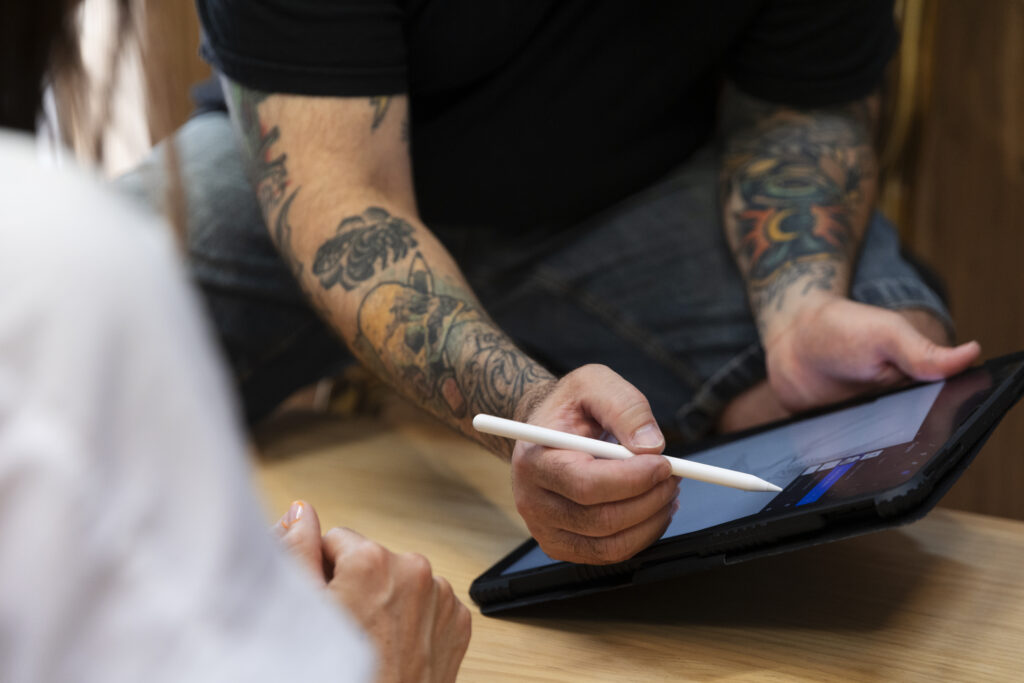
Tattoos are created by injecting pigment into the dermis, which is the second layer of skin beneath the epidermis. This layer of skin is responsible for the majority of the skin’s structure and function, including the production of collagen and elastin.
As the skin naturally regenerates and sheds cells over time, the tattoo ink can become more dispersed, leading to a faded or blurred appearance. This process is known as the “aging” of a tattoo, and it is a natural consequence of the body’s natural healing and regeneration processes.
The rate at which a tattoo ages can be influenced by a variety of factors, including the individual’s skin type, the location of the tattoo, and the quality of the ink used. Individuals with thinner or more sensitive skin may experience faster tattoo aging, while those with thicker or more resilient skin may see their tattoos maintain their vibrancy for longer.
Additionally, the type of ink used in the tattoo can also play a role in its longevity. Some inks are designed to be more resistant to fading and aging, while others may be more susceptible to these changes over time.
Debunking the Myth of Rapid Tattoo Fading
Many people believe that tattoos will fade and age rapidly, but this is not always the case. With proper care and maintenance, tattoos can maintain their vibrancy for many years, and the natural aging process is often gradual and subtle.
The perception of rapid tattoo fading is often fueled by the media and popular culture, which may depict tattoos as quickly losing their luster or becoming unrecognizable over time. However, this is not an accurate representation of the reality of tattoo aging.
In reality, the natural aging process of a tattoo is often a gradual and subtle change, rather than a dramatic or rapid fading. As the skin regenerates and the tattoo ink becomes more dispersed, the tattoo may take on a more weathered or vintage appearance, but it does not necessarily lose its overall vibrancy or definition.
By understanding the factors that influence tattoo longevity and embracing the natural evolution of tattoos, individuals can enjoy their body art for years to come, without the fear of it rapidly fading or becoming unrecognizable.
Maintaining the Vibrancy of Your Tattoo
Protecting your tattoo from sun exposure is one of the most important steps in maintaining its vibrancy over time. The sun’s UV rays can break down the tattoo ink, causing it to fade and lose its color. To prevent this, it is important to apply a high-quality sunscreen with an SPF of at least 30 whenever the tattoo is exposed to the sun.
In addition to sun protection, it is also important to avoid excessive wear and tear on the tattoo. Activities such as swimming, exercising, or engaging in sports that may rub or abrade the tattoo can cause it to fade more quickly. To minimize this, it is important to take steps to protect the tattoo, such as wearing protective clothing or avoiding activities that may cause excessive friction.
Regular touch-ups or retouching can also help to maintain the vibrancy of a tattoo over time. As the tattoo ages, the ink may become more dispersed, leading to a faded or blurred appearance. By visiting a skilled tattoo artist for periodic touch-ups, individuals can restore the original vibrancy and definition of their tattoo.
Tattoo Touch-Ups: When and Why They’re Necessary
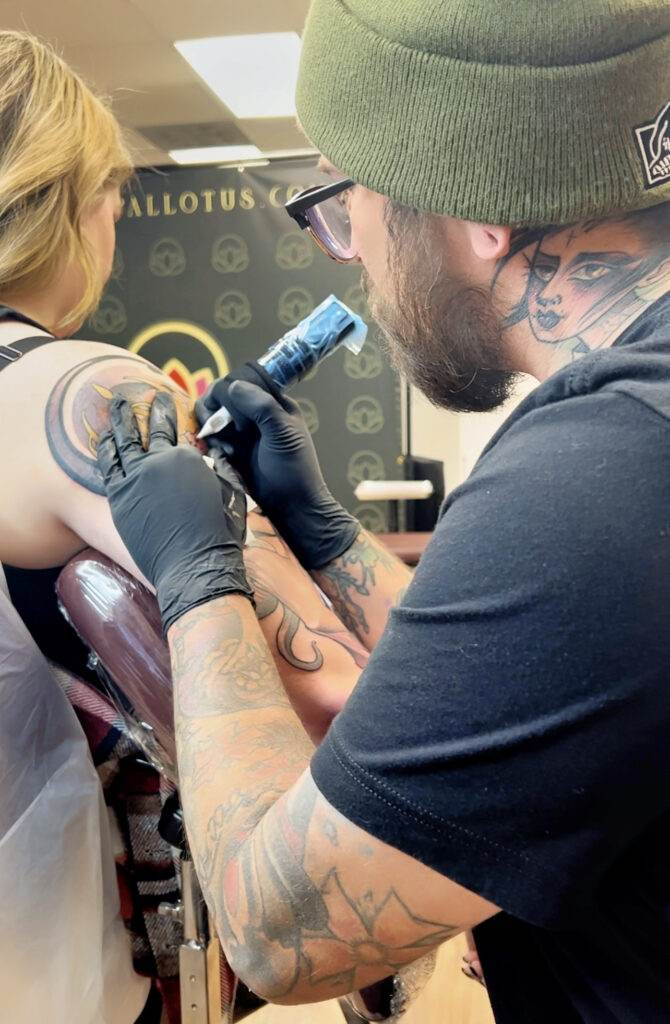
Over time, tattoos may fade or blur, and touch-ups may be necessary to restore their original appearance. Touch-ups can be particularly important for tattoos in high-friction areas or those that have been exposed to significant sun damage.
For example, tattoos on the hands or feet may experience more wear and tear than tattoos on other areas of the body, leading to faster fading or blurring. Similarly, tattoos that have been exposed to a lot of sun over the years may also require touch-ups to restore their vibrancy.
Touch-ups can involve adding more ink to the tattoo, or making minor adjustments to the design or shading. This can help to reinvigorate the tattoo and restore its original appearance, allowing the wearer to continue enjoying their body art for years to come.
It is important to note that touch-ups should only be performed by a skilled and experienced tattoo artist. Attempting to touch up a tattoo oneself can lead to uneven or unsatisfactory results, and may even cause further damage to the tattoo.
Embracing the Natural Evolution of Tattoos

As tattoos age, they may take on a more weathered or vintage appearance, which can be part of their charm and character. This natural evolution of a tattoo can be a way to celebrate the passage of time and the story it tells about the wearer’s life.
Rather than viewing tattoo aging as a negative or undesirable outcome, individuals can embrace the natural changes that occur over time. A tattoo that has faded or taken on a more muted appearance can be a testament to the wearer’s experiences and the journey they have taken.
Moreover, the natural evolution of a tattoo can add to its uniqueness and character. As the ink becomes more dispersed and the tattoo takes on a more weathered appearance, it can become a reflection of the wearer’s own personal growth and transformation.
By embracing the natural evolution of their tattoos, individuals can celebrate the passage of time and the stories that their body art tells. This can be a way to deepen the personal connection and meaning that the tattoo holds for the wearer, and to appreciate the way it changes and evolves over the course of their life.
Dispelling Common Misconceptions About Tattoo Aging
Many people believe that tattoos will inevitably fade and look unattractive as they age, but this is not always the case. By understanding the factors that influence tattoo longevity and embracing the natural evolution of tattoos, individuals can enjoy their body art for years to come.
While it is true that tattoos can change in appearance over time, this change is often gradual and subtle. With proper care and maintenance, including sun protection, avoiding excessive wear and tear, and regular touch-ups, tattoos can maintain their vibrancy and definition for many years.
Moreover, the natural aging process of a tattoo can be a source of character and uniqueness. As the ink becomes more dispersed and the tattoo takes on a more weathered appearance, it can become a reflection of the wearer’s personal growth and experiences.
By dispelling the myths and misconceptions surrounding tattoo aging, individuals can approach their body art with a more informed and positive perspective. They can enjoy the beauty and meaning of their tattoos, knowing that with proper care, they can continue to be a source of personal expression and pride for years to come.

